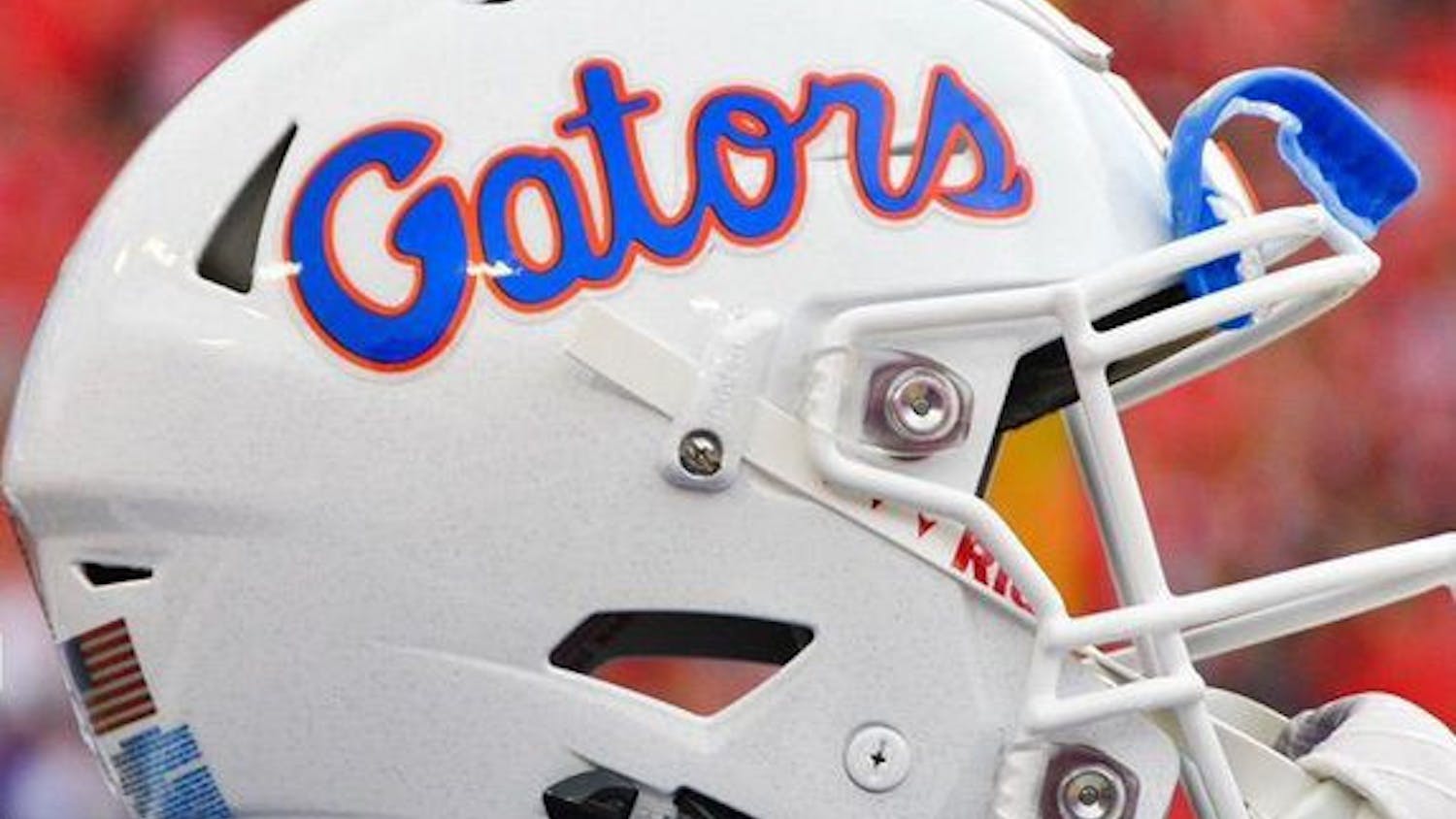Coffee may keep you awake to cram for your exams, but it may not keep you alert enough to drive your car.
Sunday concluded the statewide Drowsy Driving Prevention Week in the Florida, a week dedicated to educating the public on the dangers of drowsy driving.
According to the National Highway Transportation Safety Administration, drowsy driving causes more than 1,500 deaths and 71,000 injuries every year.
Captain Nancy Rasmussen, acting deputy director of communications for the Florida Highway Patrol, said the goal of the week is to bring awareness to the fact that driving drowsy is just as dangerous as driving under the influence of alcohol.
Rasmussen said Drowsy Driving Prevention Week was created due to the death of an 8-year-old girl, Ronshay Dugans, who was killed in 2008 when a driver who fell asleep at the wheel hit her school bus.
Dr. Mary Wagner, co-director of the sleep medicine fellowship at UF Health, said the ability to respond quickly to changes in traffic is also impaired while drowsy.
“You might not recognize a dog crossing the road and be able to hit the brakes the way that you should,” Wagner said.
She said research has been done that shows tired people that drive have more trouble completing tasks in specified periods of time and will make more mistakes.
One example is not being able to stay in between the lines on roads and then running off the road or into other drivers.
Michael Musemeci, an 18-year-old chemistry freshman, said he has driven drowsy before and used a number of tactics to stay awake, including turning on the radio.
Wagner said there are more effective ways to combat drowsiness.
“Although people use caffeine to combat sleepiness, nothing combats drowsiness other than getting enough sleep,” Wagner said. “You don’t have to nap for a very long amount of time for it to be effective.”
Wagner said a 20-minute nap is most effective.
“If you nap too long, you go into a deeper sleep, and when you wake up, you feel less rested,” Wagner said.
Musumeci said he stayed vigilant in his situation because he knew he had to be alert while driving, but Wagner said drivers should target the hours they know they need to be alert and schedule their sleep accordingly.
Wagner said there are two components that determine levels of alertness throughout the day. One theory is a product of metabolism that determines alertness, but the other stems from the amount of alerting signals the brain sends out at a particular time of day to make people more vigilant.
She said more accidents happen in the timeframes of 1 p.m. to 3 p.m. and 4 a.m. to 6 a.m. than at any other time of the day because the brain is not as alert.
“As the day goes on, your brain sends out more alerting signals, and they take a break around the 1 to 3 p.m. timeframe,” Wagner said. “It ramps up in the afternoon and evenings so you don’t fall asleep with your face in your dinner and turns off at night to allow you to go to sleep.”





